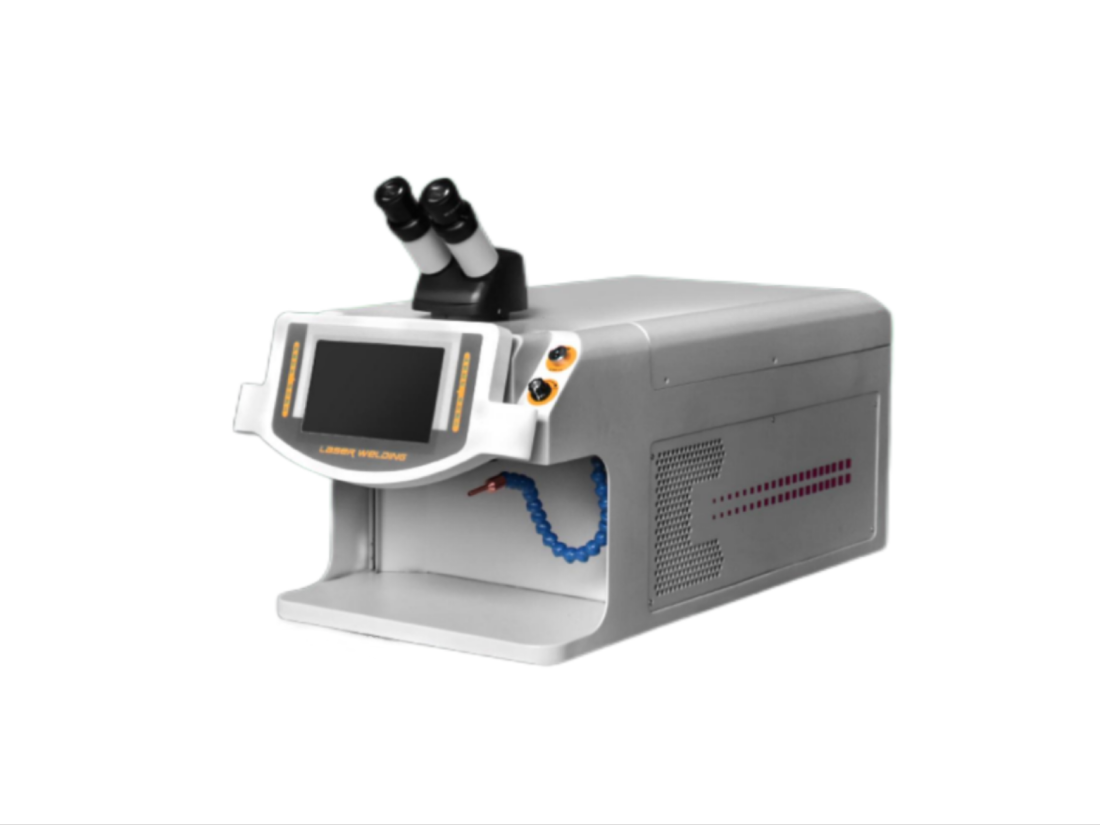- No.609, Centre Of Huijin Nanxiang, Yinxiang Road, Nanxiang Town, Jiading District, Shanghai, China
- sherry@sanmachines.com
- +86-18616767021
Mold welding process and precautions!
In order to achieve the highest service life of the mold, the surface surfacing technology of flux-cored wire can obtain a thicker surface layer and a stable surface structure, which is easier to form a wear-resistant and heat-fatigue-resistant surface layer, saving materials and reducing processing and manufacturing costs.
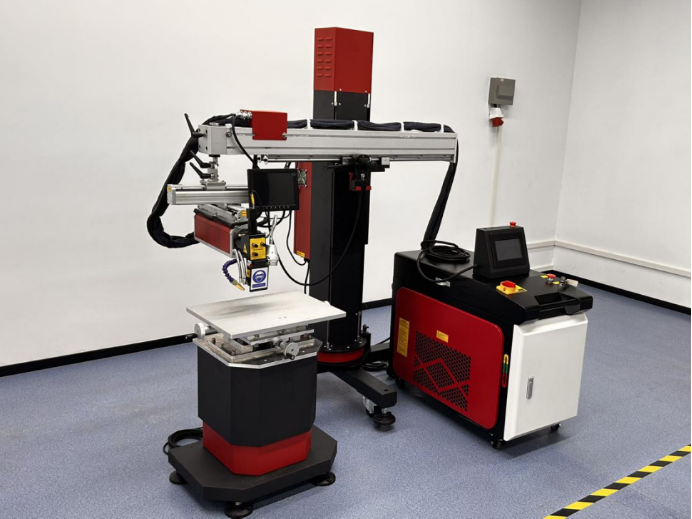
Mold welding process and precautions
1. Welding parameters
Beijing Guben KB968 mold welding wire diameter 1.6mm, welding current 220-280A, welding voltage 22-28V, shielding gas is pure carbon dioxide or pure argon, shielding gas volume 20L/min, wire extension length 15-20mm, welding speed 35cm/min, welding gun inclination 80 degrees, current type is DC reverse connection.
2. Mold welding process
Strictly implementing the correct surfacing process is the decisive factor to ensure the quality and success of surfacing. The cladding process includes the following steps
(1) Preparation before welding
Before cladding, mechanical processing methods are used to rough-process the cladding hole type to remove the fatigue layer and defects on the substrate surface. In particular, cracks must be thoroughly removed. For parts that have been cladding multiple times, ultrasonic testing should be performed to check the internal conditions. Welding can only be carried out when it is confirmed that there are no cracks.
(2) Preheating
In order to prevent the occurrence of cracks, it must be preheated before cladding. The preheating temperature depends on the substrate and the composition of the cladding material. In order to obtain uniform hardness on the surface, the preheating temperature should be above the Ms point of the material. In order to reduce thermal stress, the heating rate should also be controlled. The heating rate starts at about 20℃/h at 100℃, and then can be 40℃/h. Uniform heating is required.
(3) Welding
Welding is the key link in the success of cladding. To obtain an ideal cladding layer, certain variable factors must be considered comprehensively, such as welding voltage, welding speed, welding current, welding materials, etc.
(4) Post-weld treatment
In order to reduce the cracks caused by volume stress due to different cooling rates between the surface and the inside, the cooling rate must be controlled. In order to eliminate welding residual stress, tempering treatment must be carried out. The tempering temperature depends on the use conditions of the hot forging die and is generally controlled between 450-600℃. The higher the tempering temperature, the more complete the internal stress is eliminated, but the hardness is reduced. Therefore, the choice of tempering temperature must ensure a certain hardness of the hot forging die surface and try to eliminate internal stress. The tempering holding time is usually 3-10 hours.
3. Precautions
(1) Before welding, it must be thoroughly cleaned, otherwise pores will be generated during the welding process;
(2) After the start of surfacing, it must be carried out continuously and cannot be stopped in the middle;
(3) The lap width of the weld must not be less than 5mm, otherwise strip wear will occur during use. When welding fillet, pay attention to the position of the weld. When welding, the wire guide distance should be appropriate;
(4) During surfacing, the surfacing materials should be kept at a certain temperature, and the interlayer temperature should be kept at around 150℃;
(5) When reserving machining allowance for surfacing, the temperature factor should be considered.
Related product links


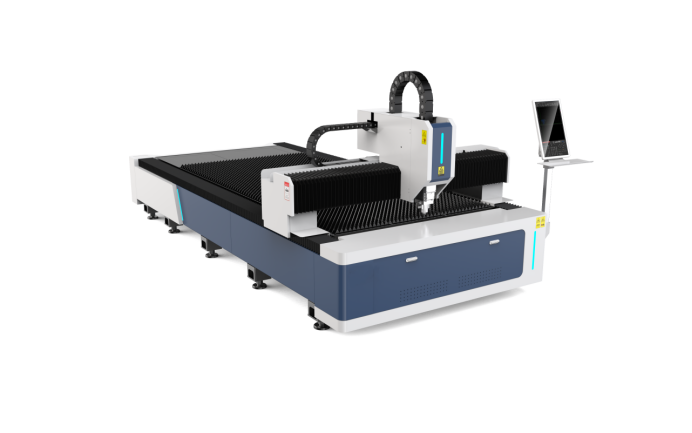
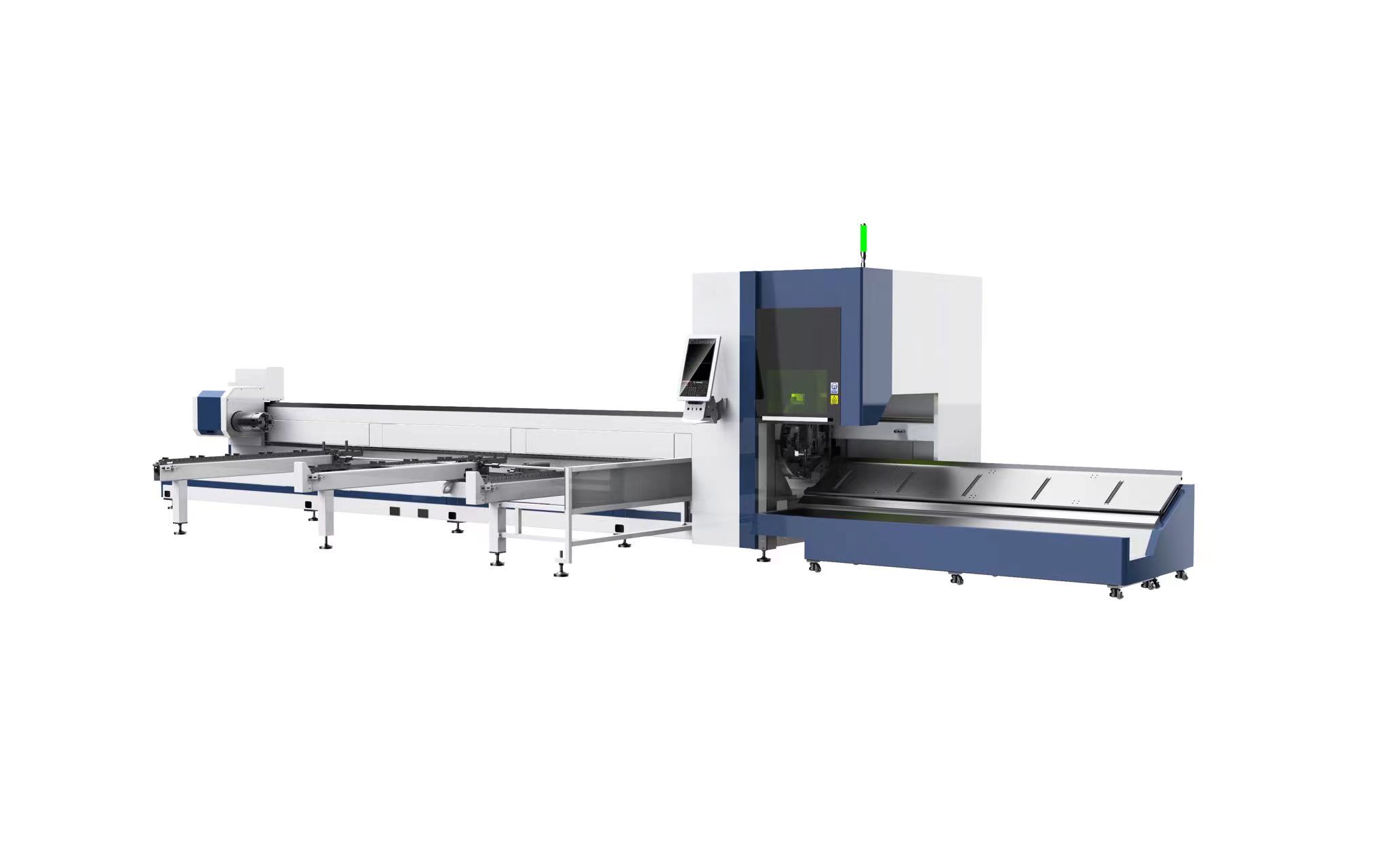
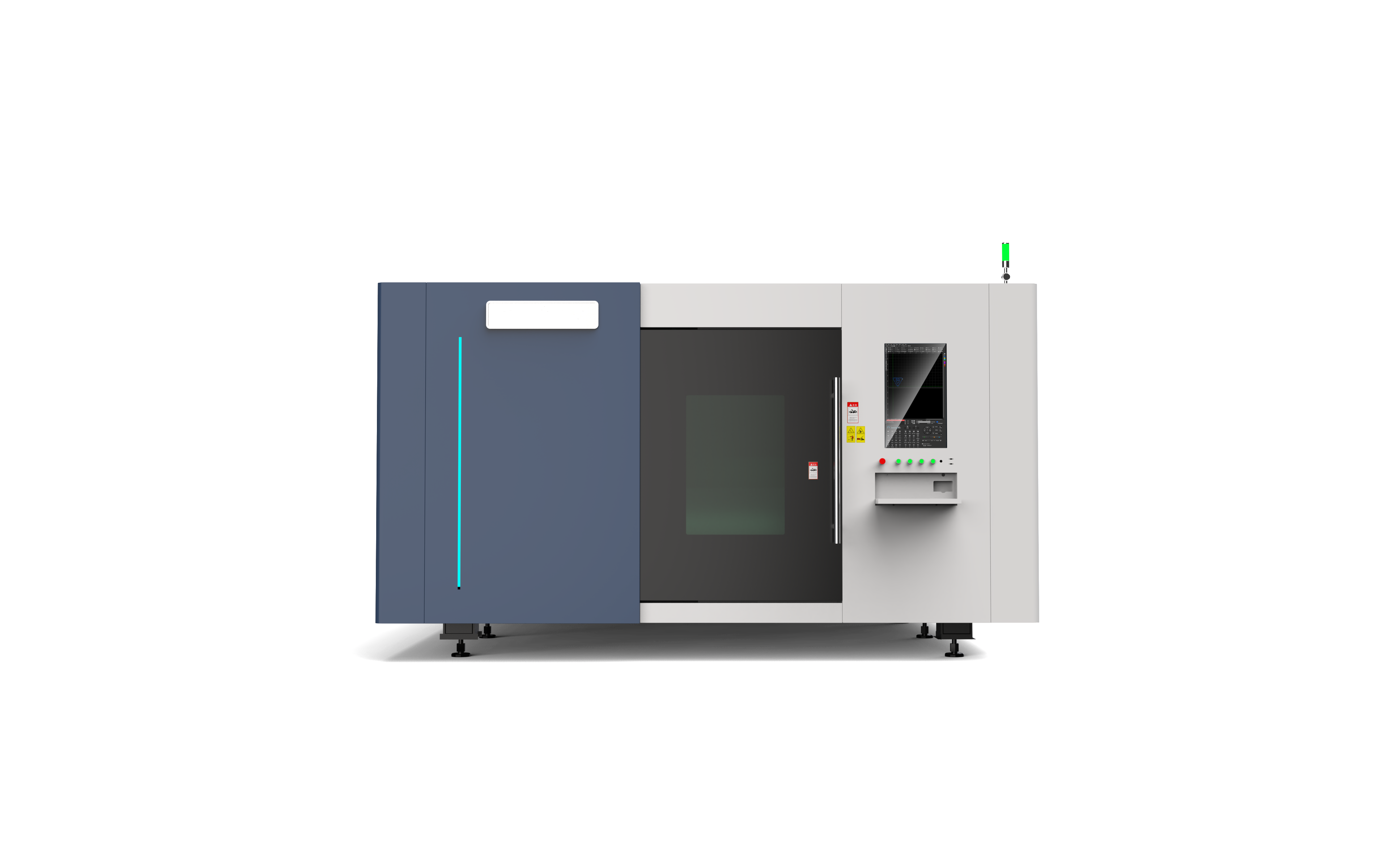
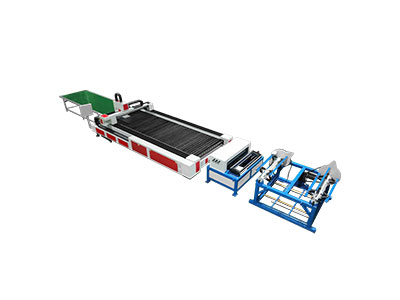
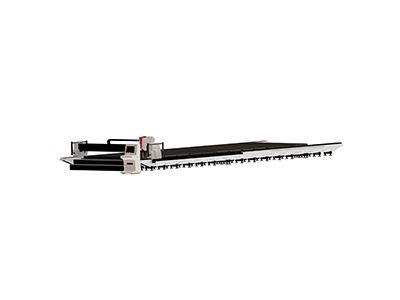
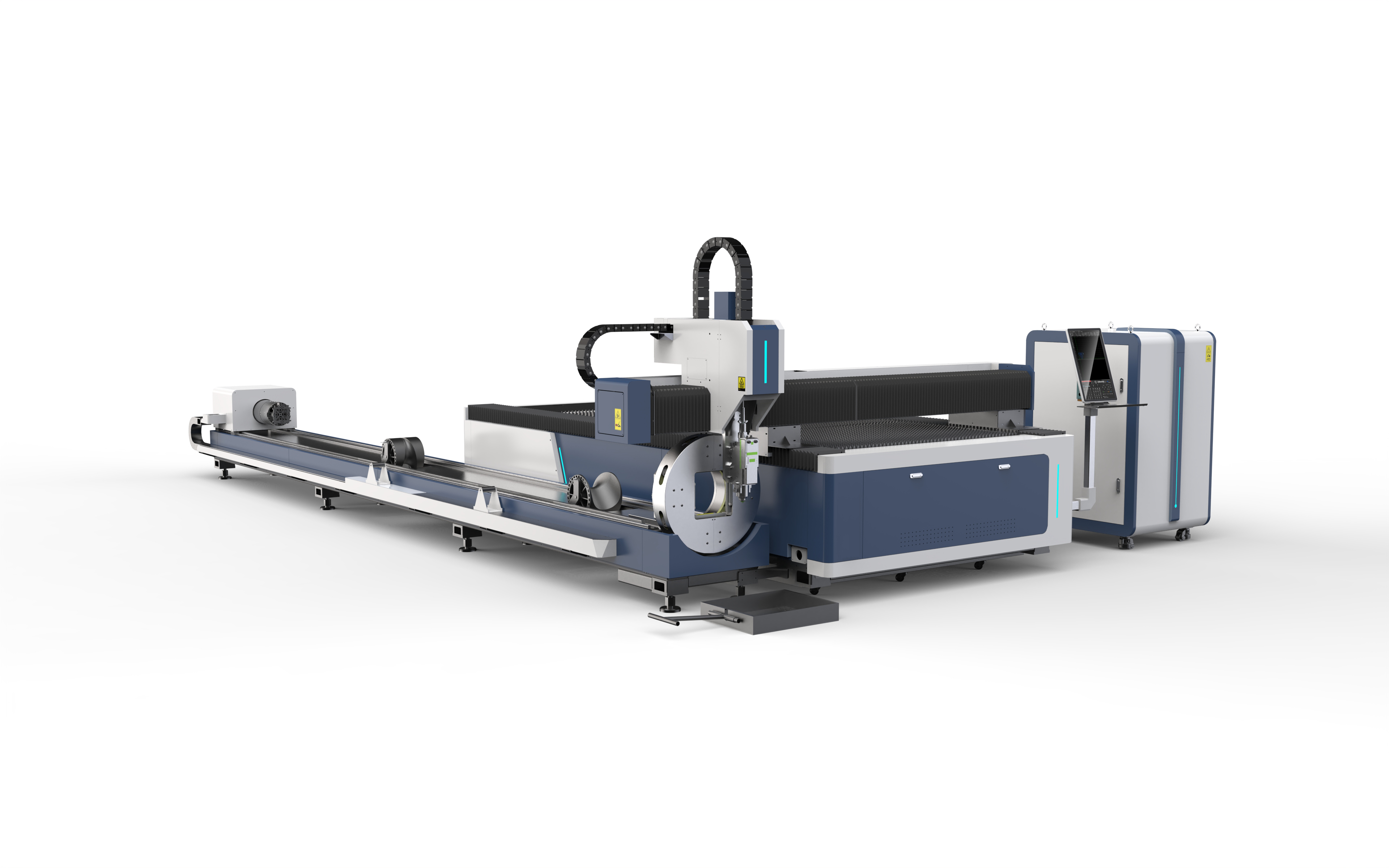
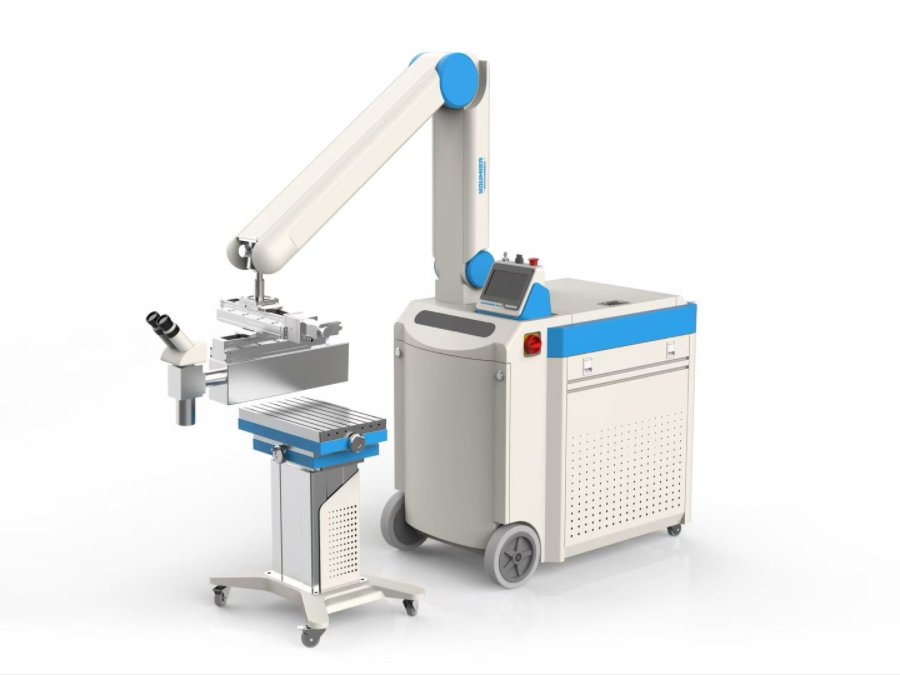
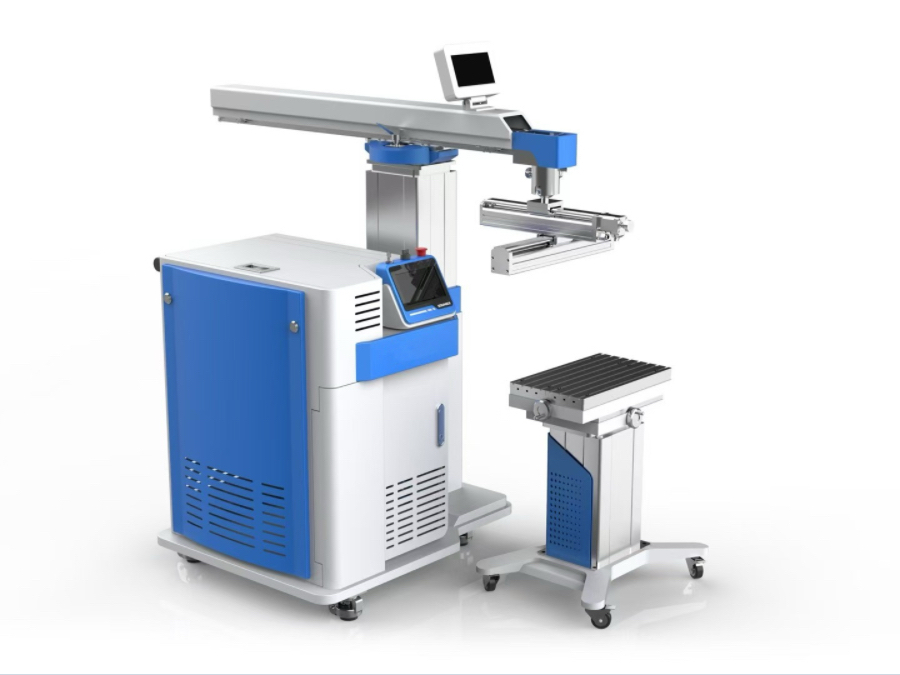
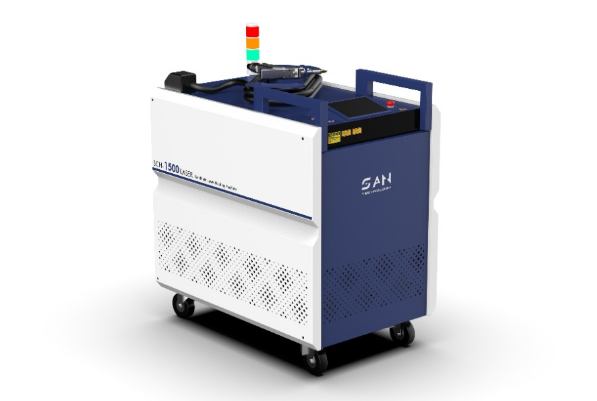
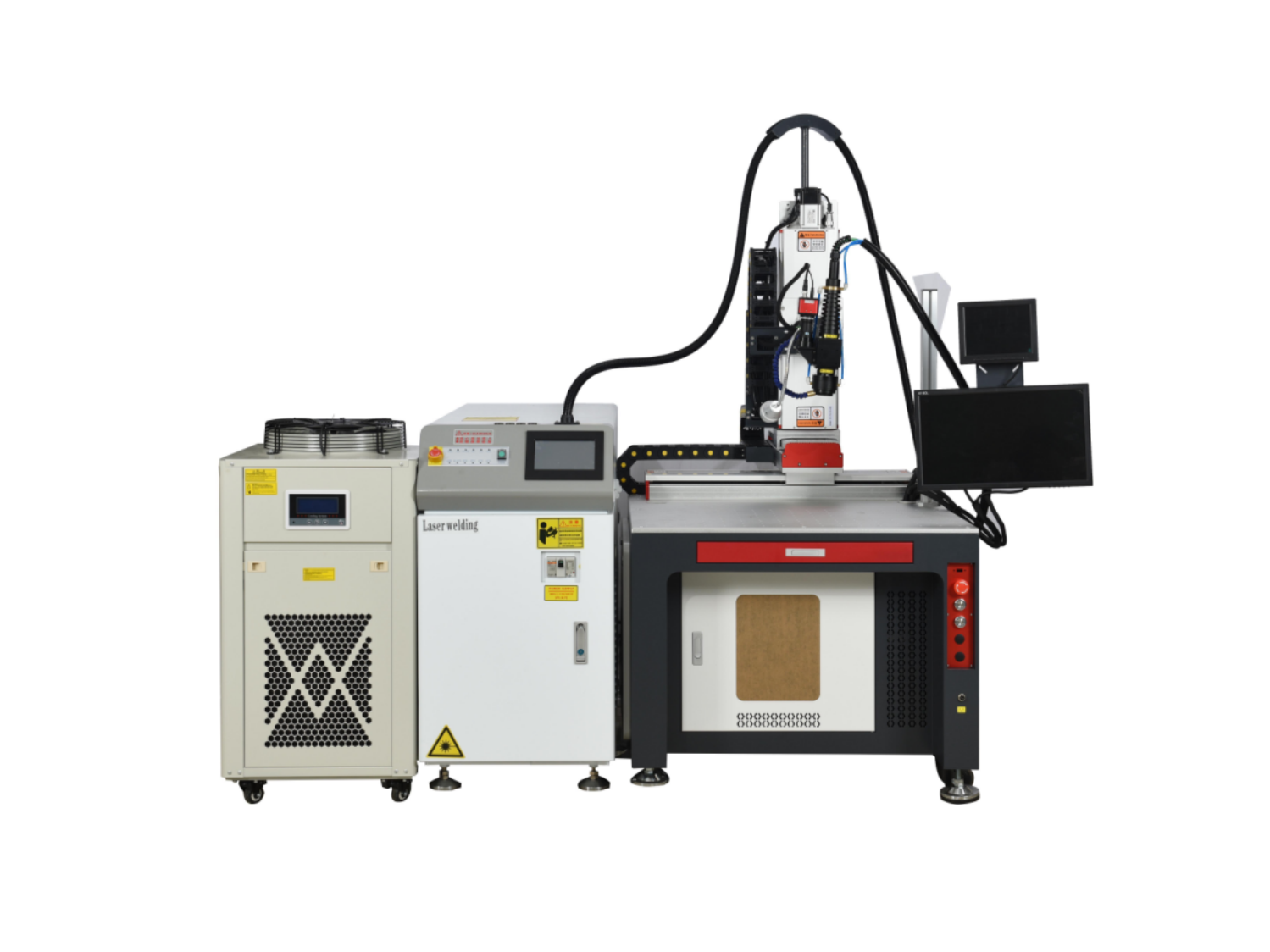
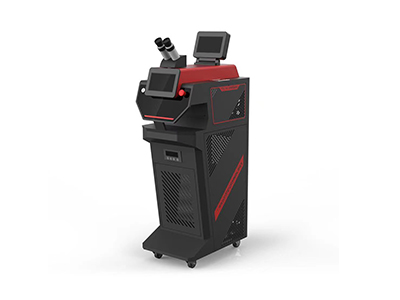
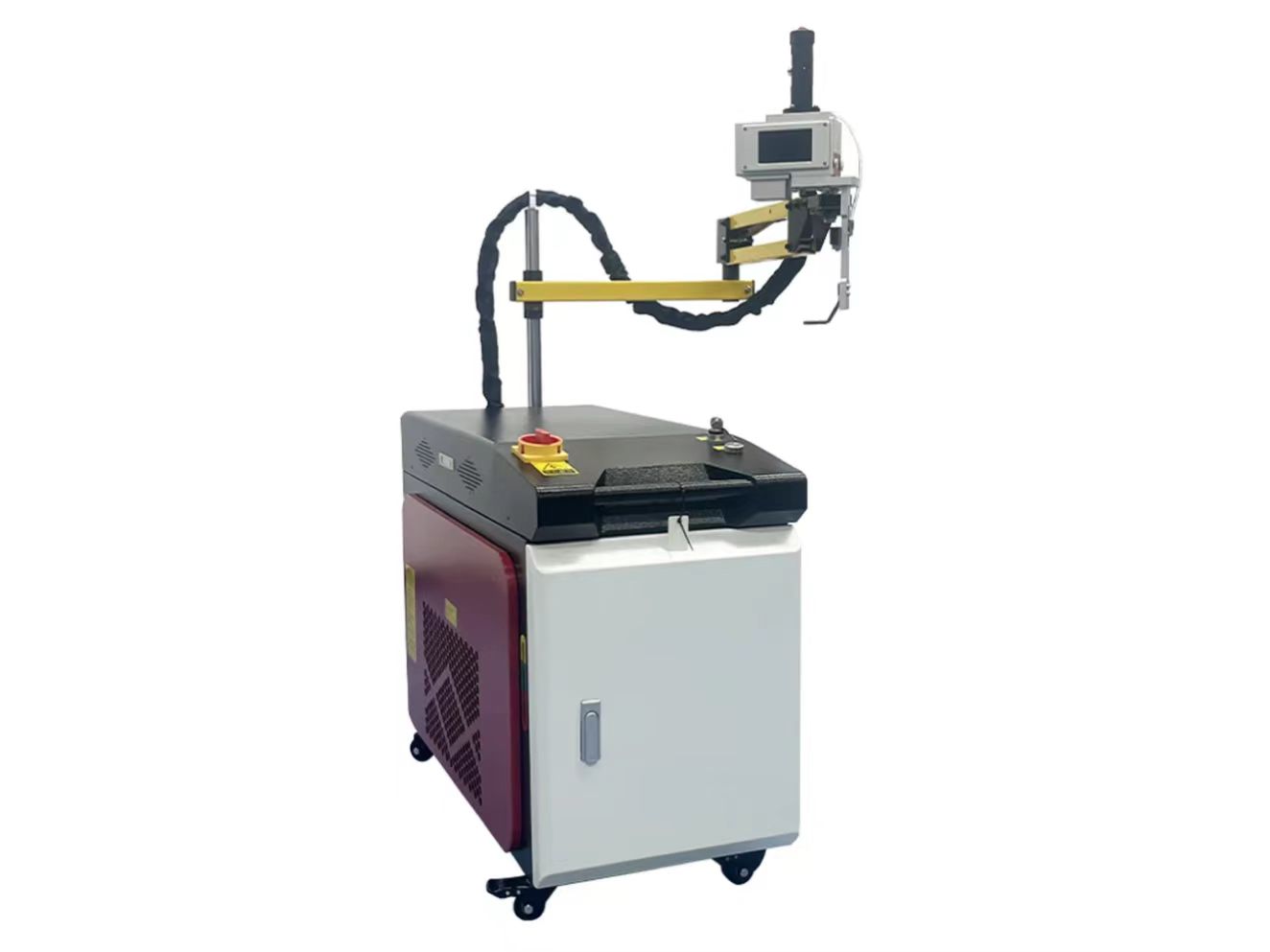
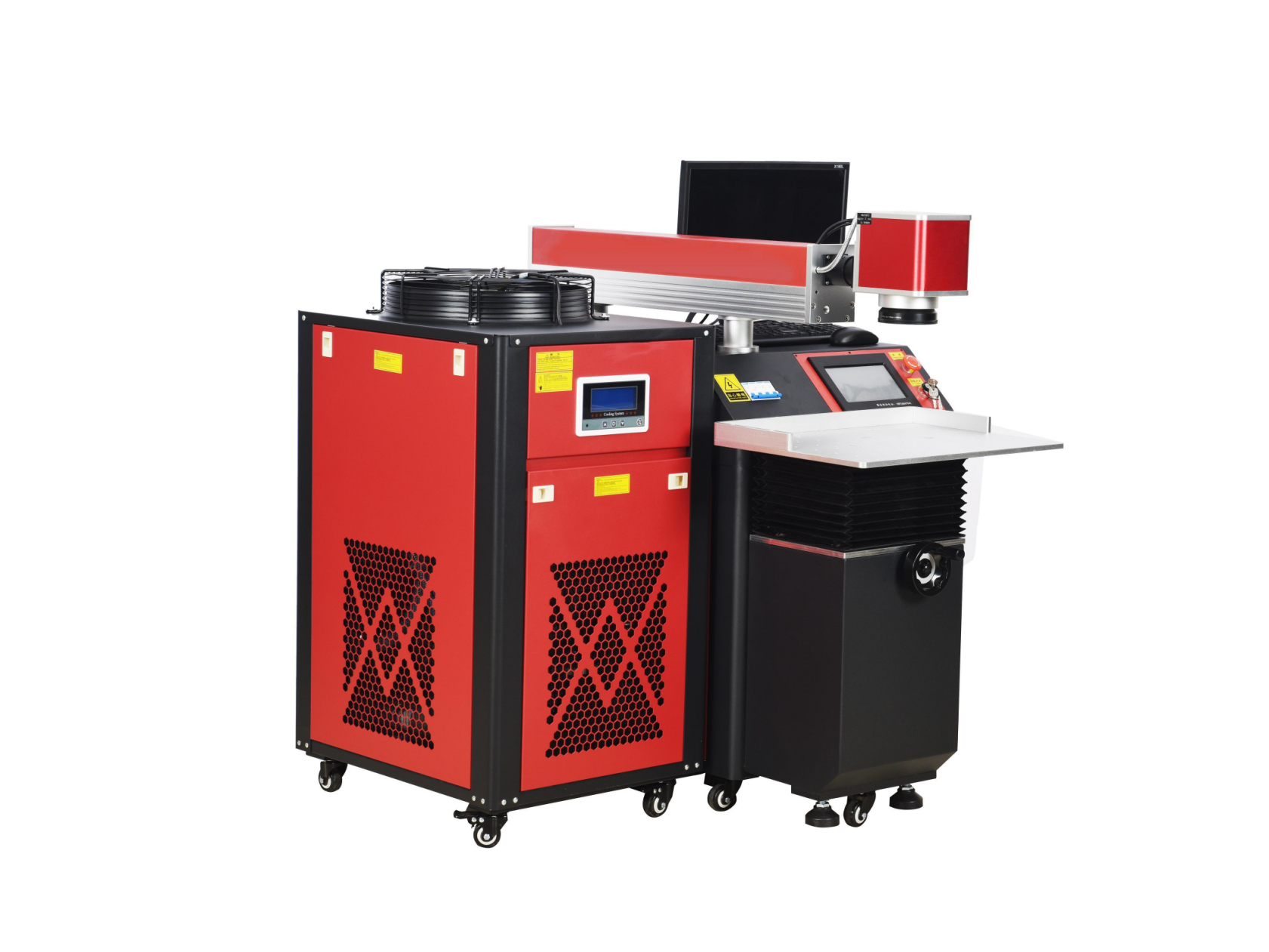
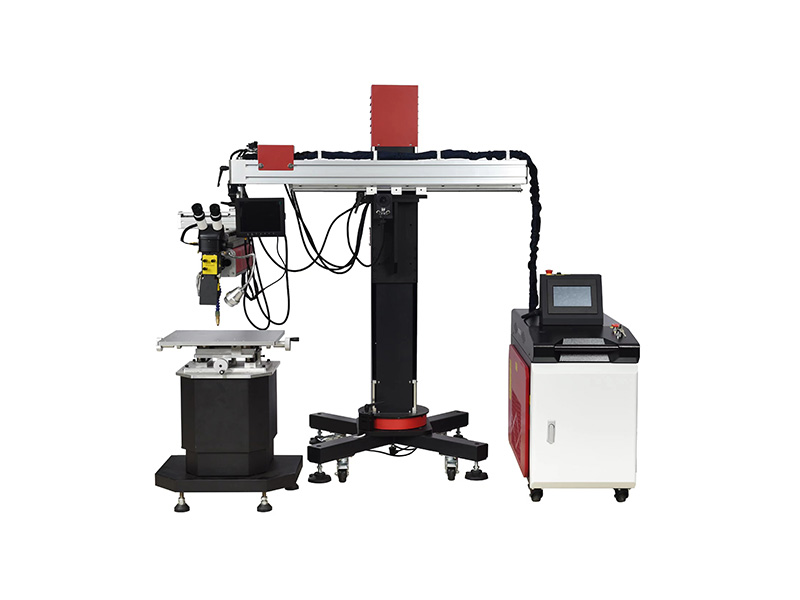
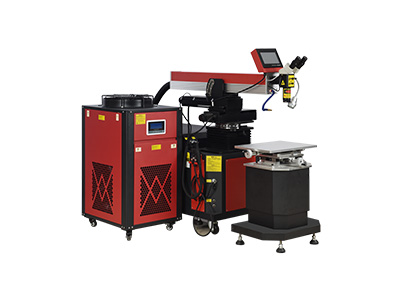
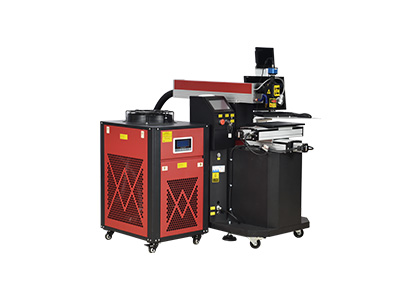
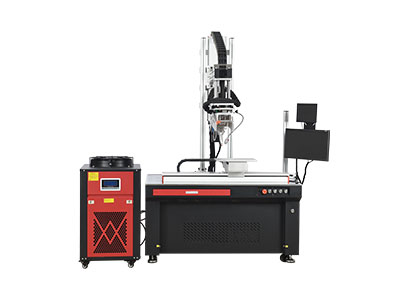
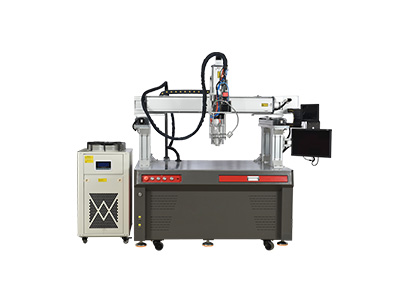
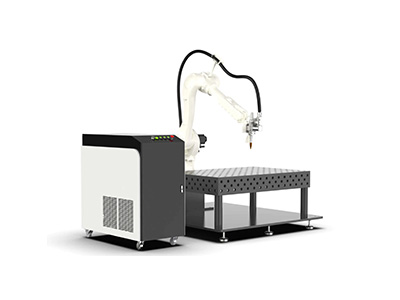
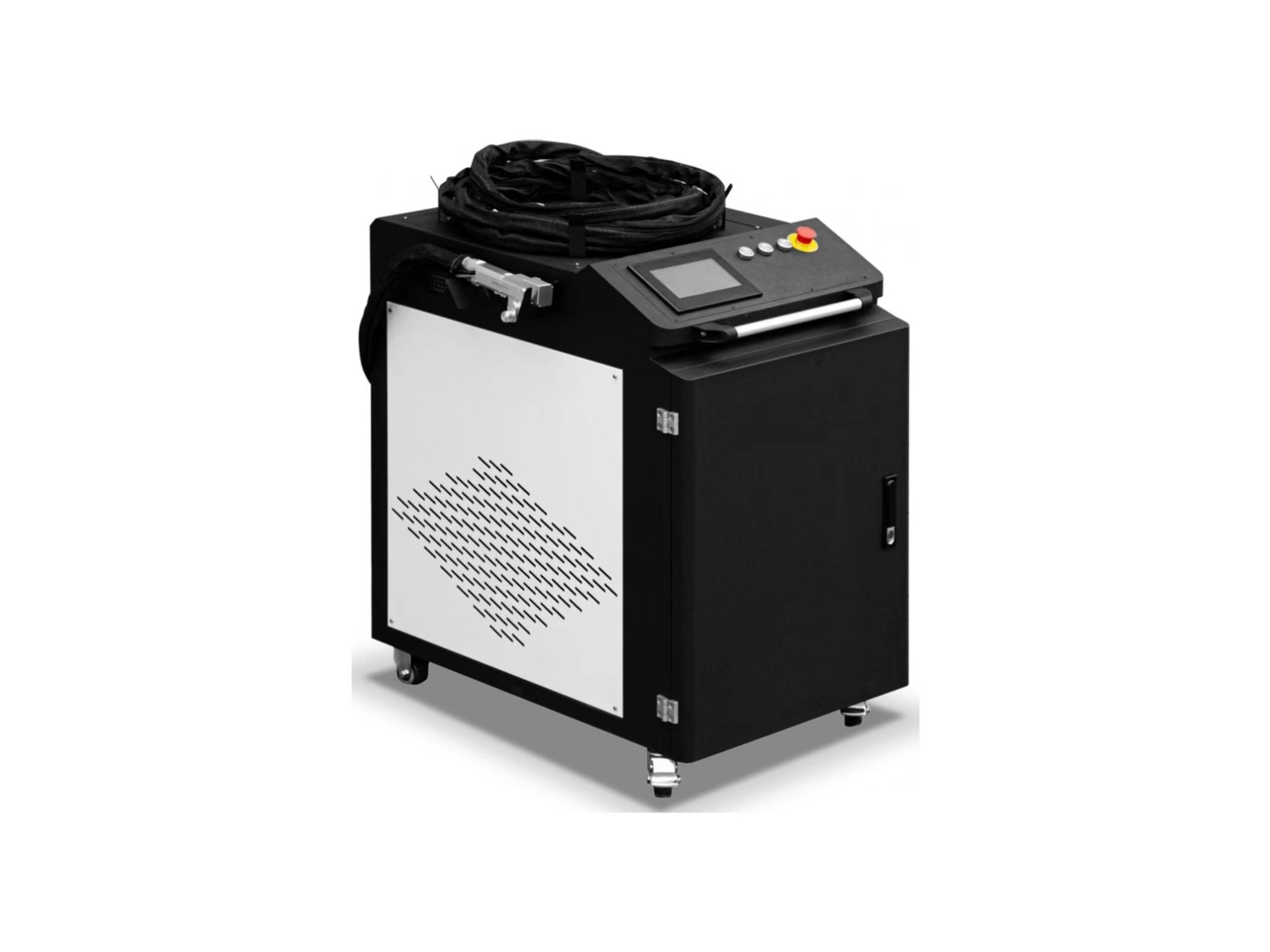
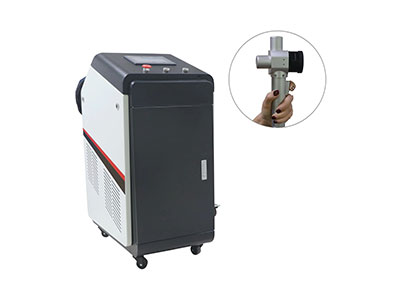
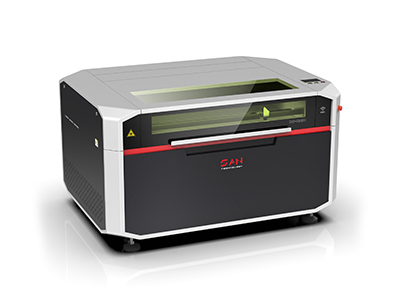
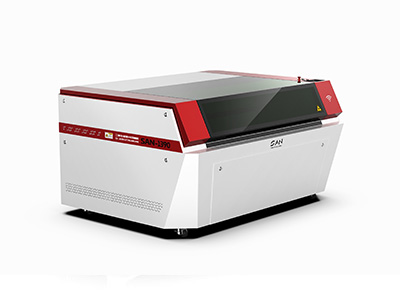
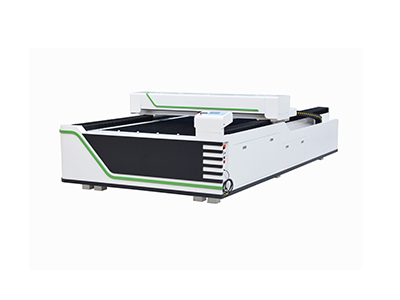
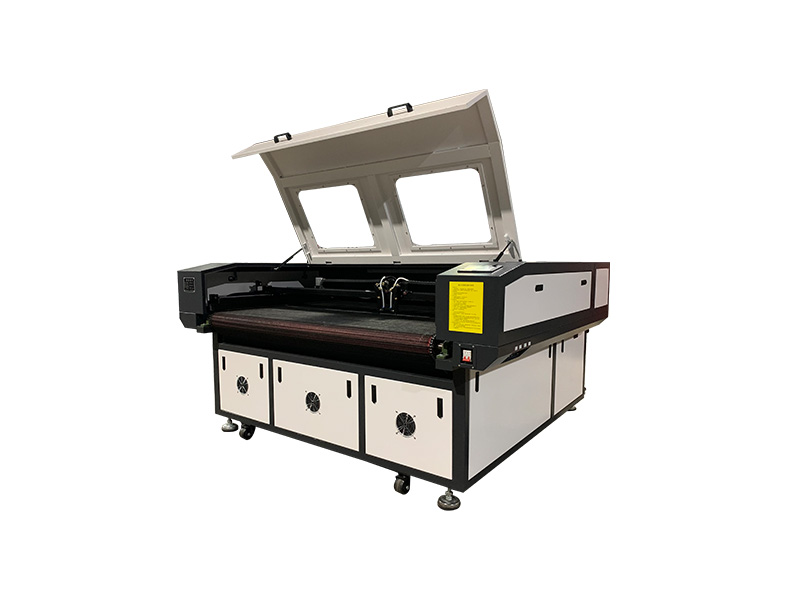
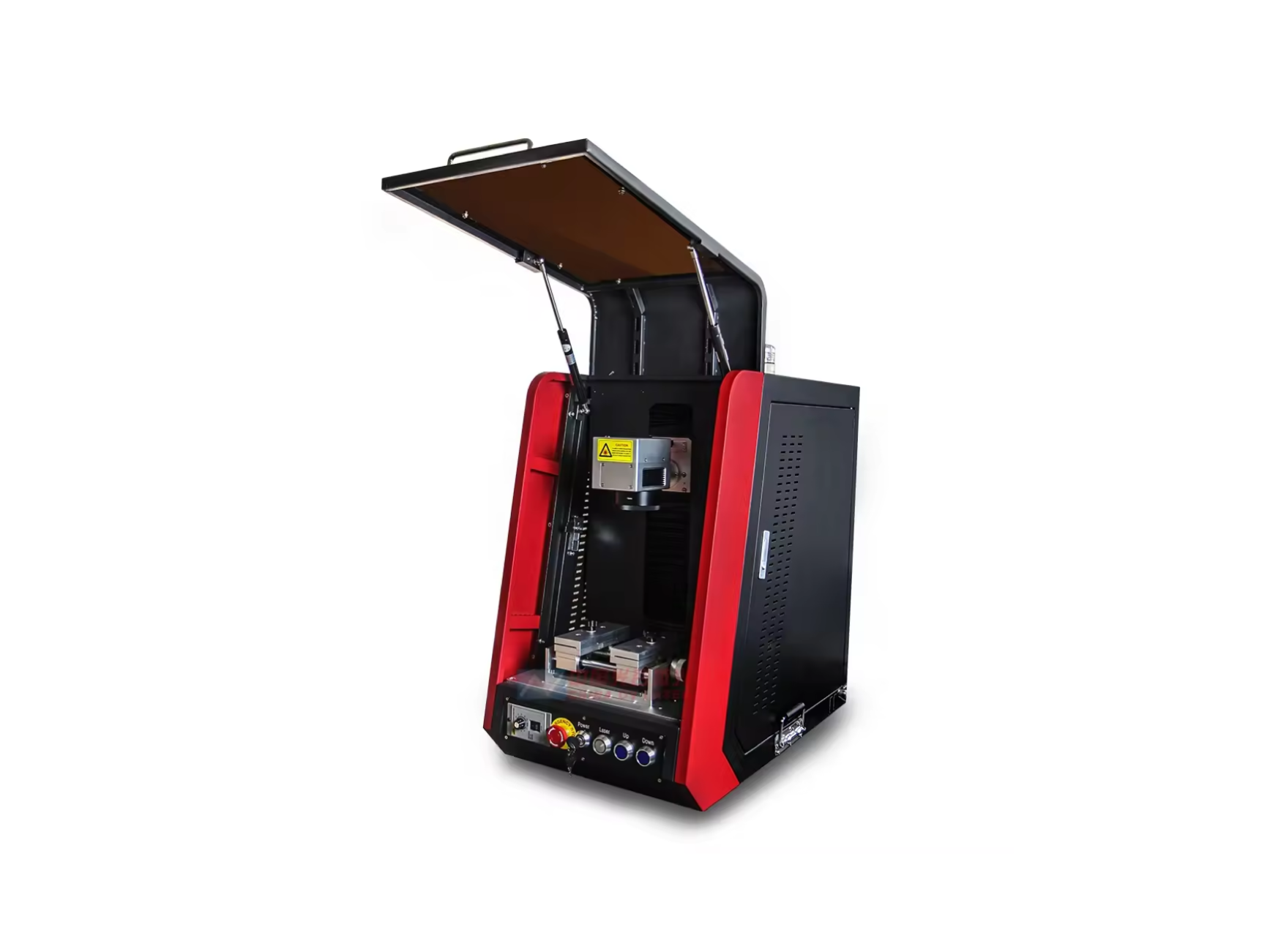
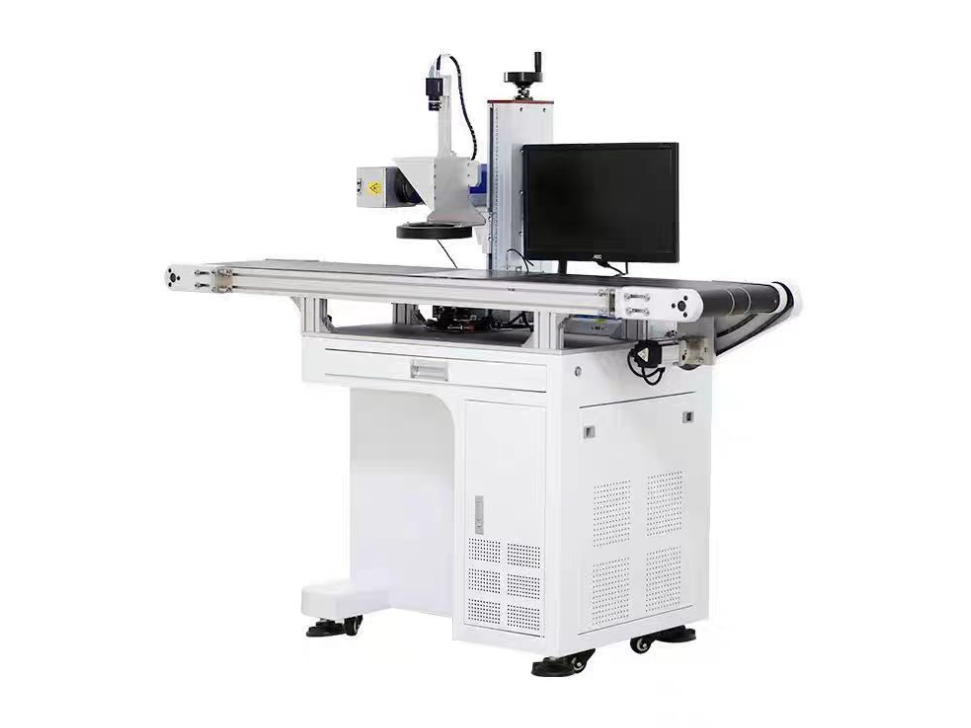
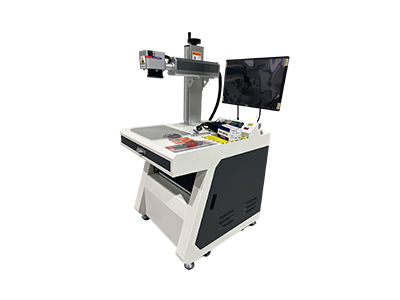
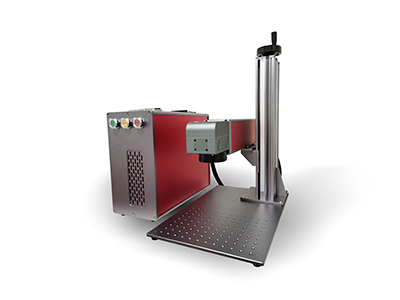
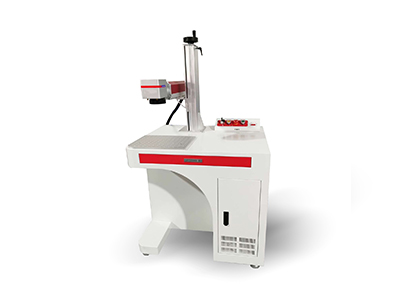
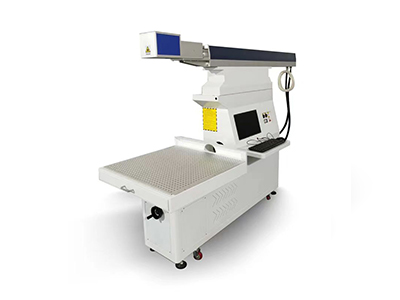
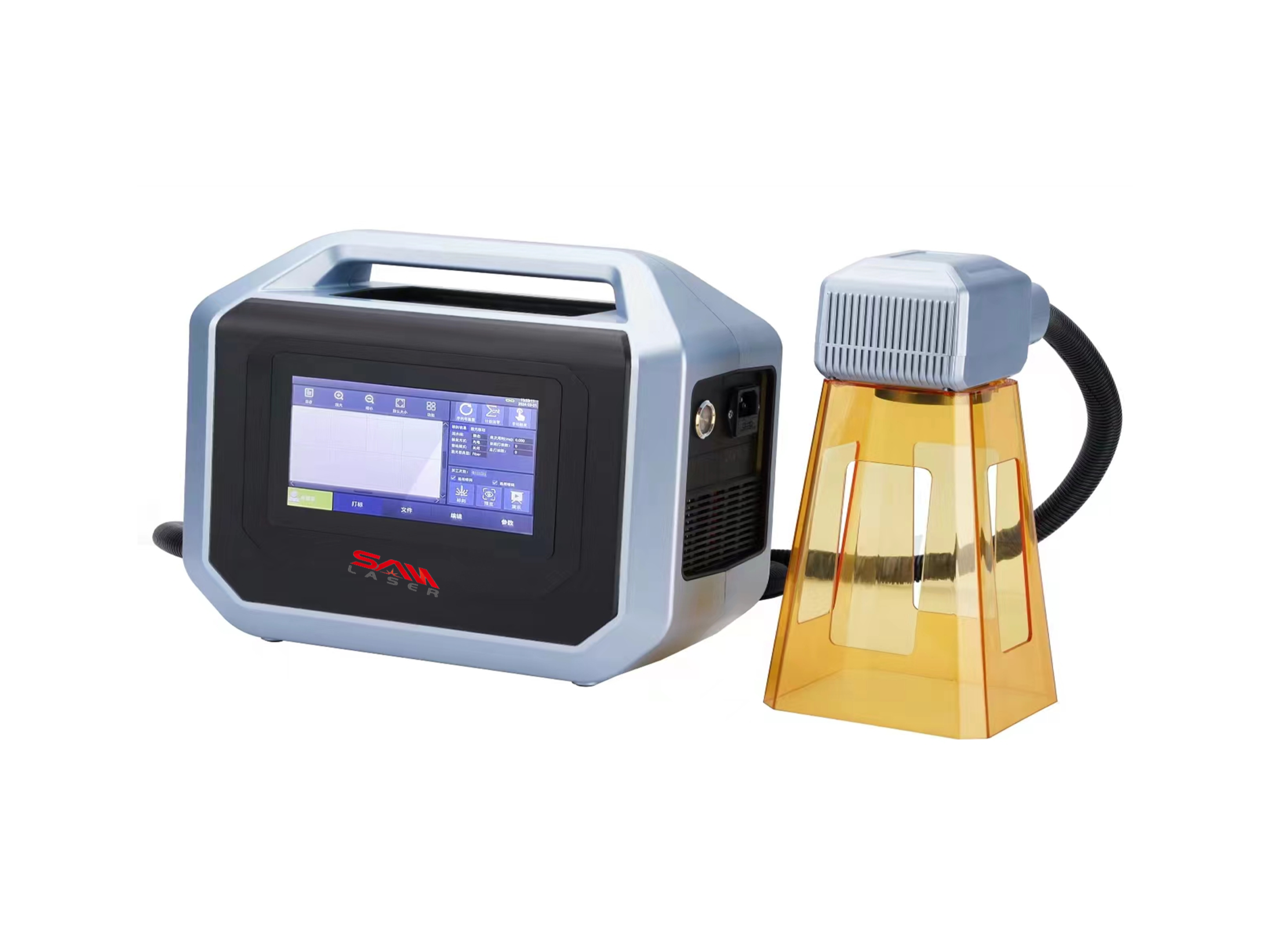
 Welder News
Welder News
